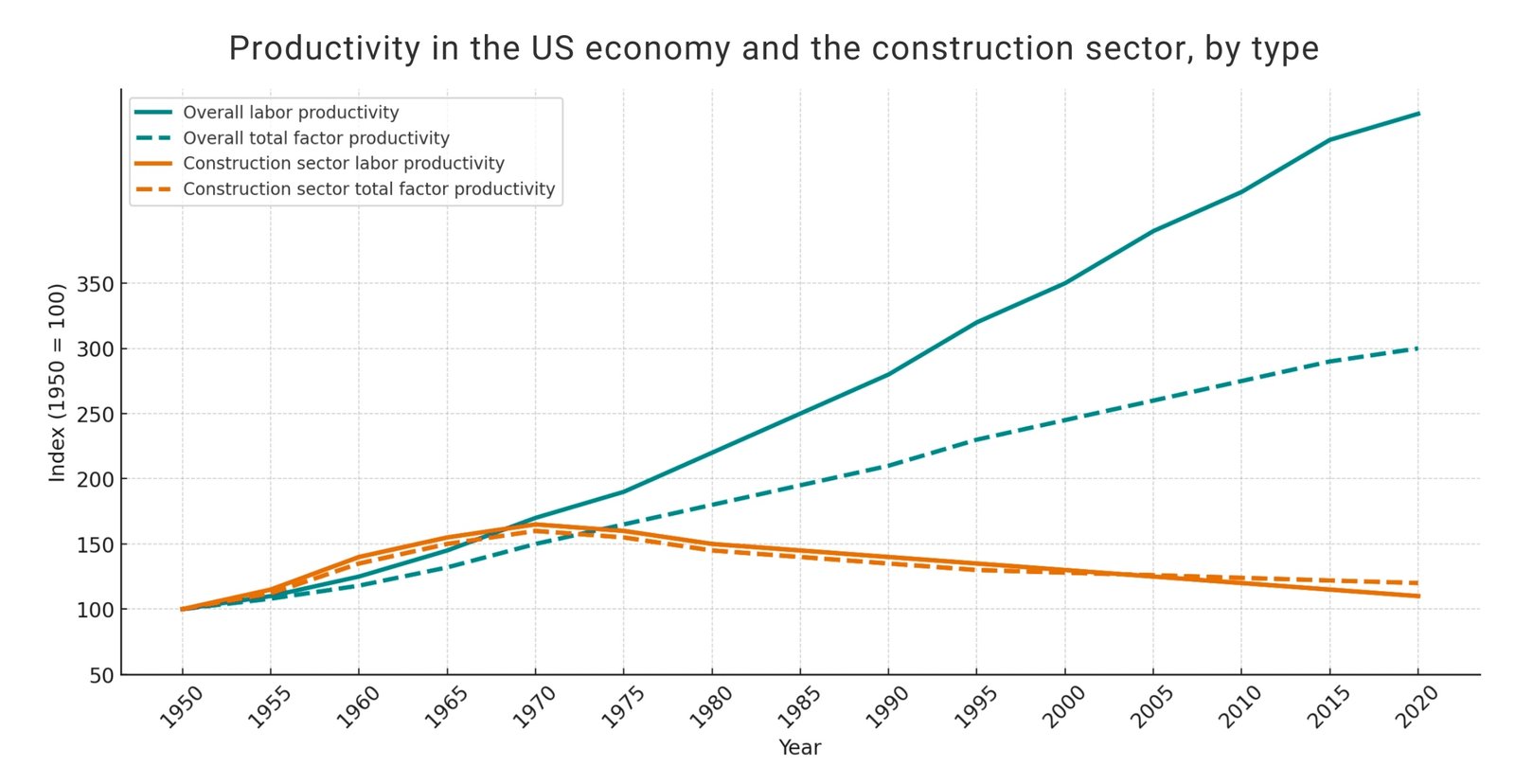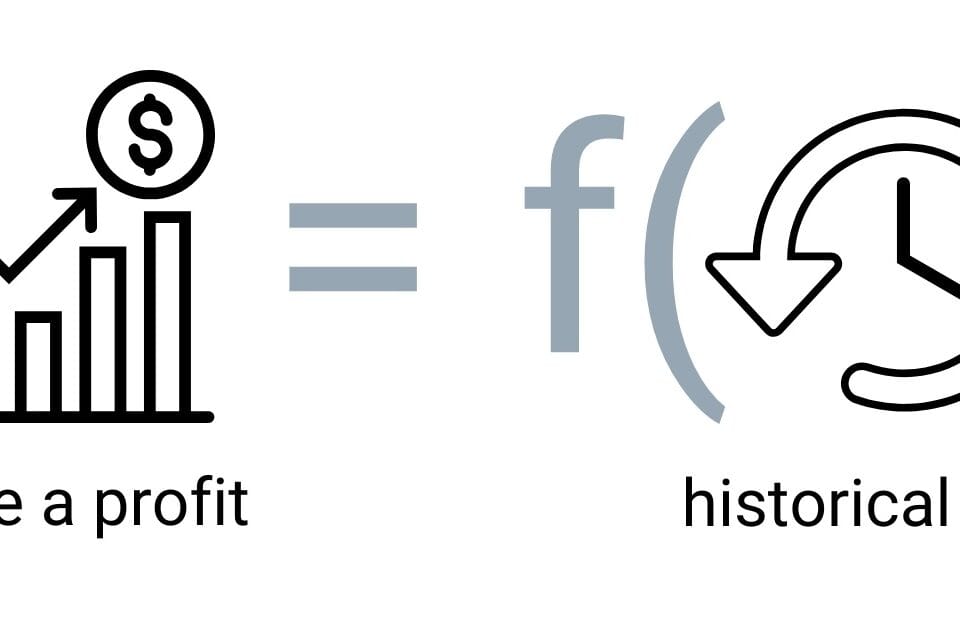The construction industry is gradually entering a new phase of development, where familiar processes are increasingly being supplemented – and sometimes even replaced – by digital platforms and transparent interaction models. This presents companies not only with challenges, but also with significant opportunities. Those organizations that are already building a long-term digital strategy today will not only be able to maintain their position in the market, but also expand it by offering customers modern approaches and reliable, technologically backed solutions.
It is important to realize that knowledge of concepts and technologies is only a starting point. Managers and specialists face a practical question: where to start implementation and how to turn theoretical ideas into real value. In addition, the question increasingly arises: what will the business be based on if the traditional methods of costing and timing can be revised by the customer at any time.
The answer probably lies not so much in technology, but in the formation of a new professional culture where working with data is perceived as an integral part of everyday practice. It is the lack of attention to digital technologies and innovations that has inoculated the construction industry into the serious backwardness that has been observed over the last decades (A. G. a. C. Syverson, “The Strange and Awful Path of Productivity in the US Construction Sector,” 19 Jan. 2023).
According to McKinsey, R&D expenditures in the construction industry account for less than 1% of revenue, while in the automotive and aerospace industries this Fig. reaches 3.5-4.5%. Similarly, IT costs in construction remain at less than 1% of total revenue (McKinsey, “Imagining Construction’s Digital Future,” June 24, 2016).
As a result, not only the level of automation, but also labor productivity, in construction is declining, and by 2020 a construction worker is producing less than half a century ago (Fig. 10.2-1)
Such productivity problems in the construction sector are common to most developed and developing countries (construction productivity has fallen in 16 out of 29 OECD countries (Fig. 2.2-1)), and point not only to a lack of technology, but also to the need for systemic changes in the very approaches to management, training and innovation.
The success of digital transformation depends not so much on the number and availability of tools, but rather on the ability of organizations to review their processes and develop a culture that is open to change. It is not the technology itself that is key, but the people and processes that ensure its effective use, support continuous learning and foster acceptance of new ideas.

In the early parts of the book, the business environment model was compared to a forest ecosystem (Fig. 2.1-2, Fig. 1.2-4, Fig. 1.3-2). In a healthy forest, periodic fires, for all their destructive power, play a key role in long-term renewal. They clear the soil of old vegetation, return stored nutrients, and create space for new life. Some plant species have even evolved so that their seeds only open when exposed to high fire temperatures, a natural mechanism that provides the ideal time for germination.
Similarly in business, crises can play the role of “controlled burnout”, encouraging the emergence of new approaches and companies that are not tied to outdated systems. Such periods force the abandonment of inefficient practices, freeing up resources for innovation. Just as a forest after a fire starts with pioneer plants, so business after a crisis forms new, flexible processes that become the basis for a mature information environment.
Companies that manage to correctly interpret these “signal fires” and transform their disruptive energy into constructive change will reach a new level of performance – with more transparent, adaptive data processes that enhance the organization’s natural ability to renew and grow.
The growing influence of artificial intelligence and machine learning on the business environment is no longer in doubt. This is not just a temporary trend, but a strategic necessity. Companies that ignore AI, risk losing competitiveness in a market that increasingly encourages innovation and flexibility.
The future belongs to those who see AI not just as a tool, but as an opportunity to rethink every aspect of their business – from process optimization to management decision-making.




















